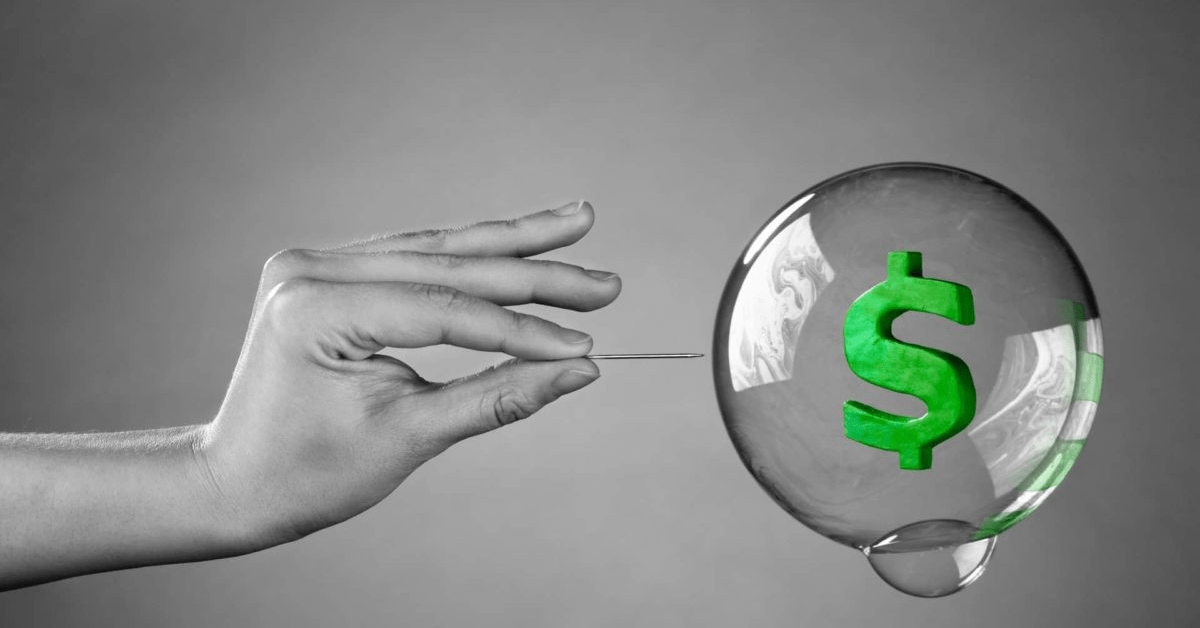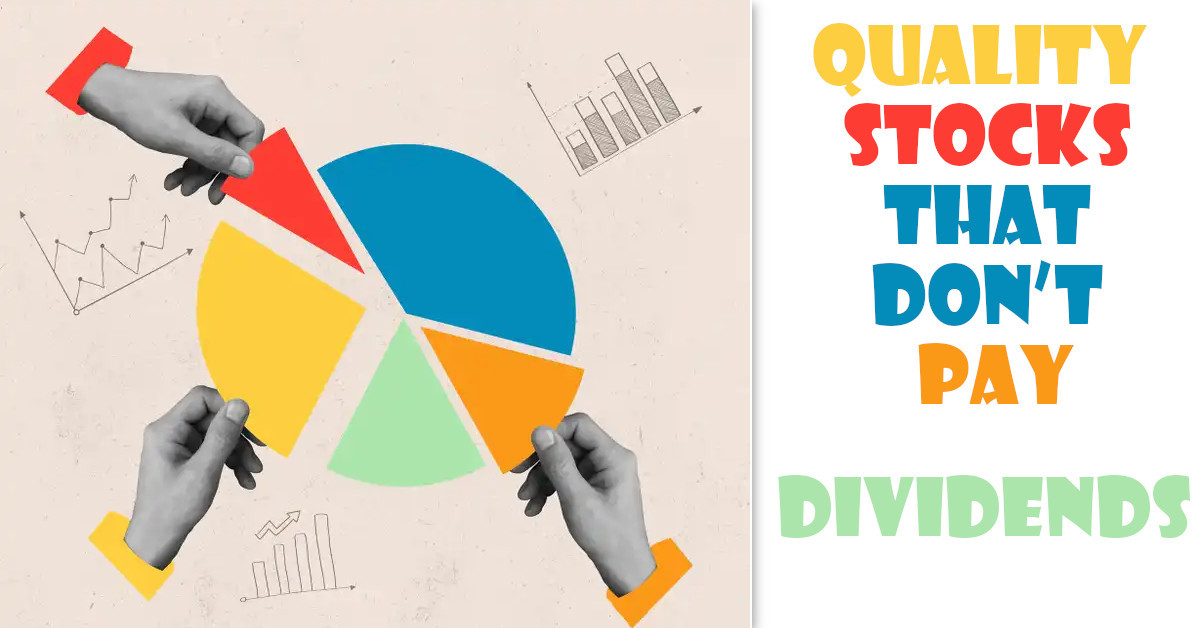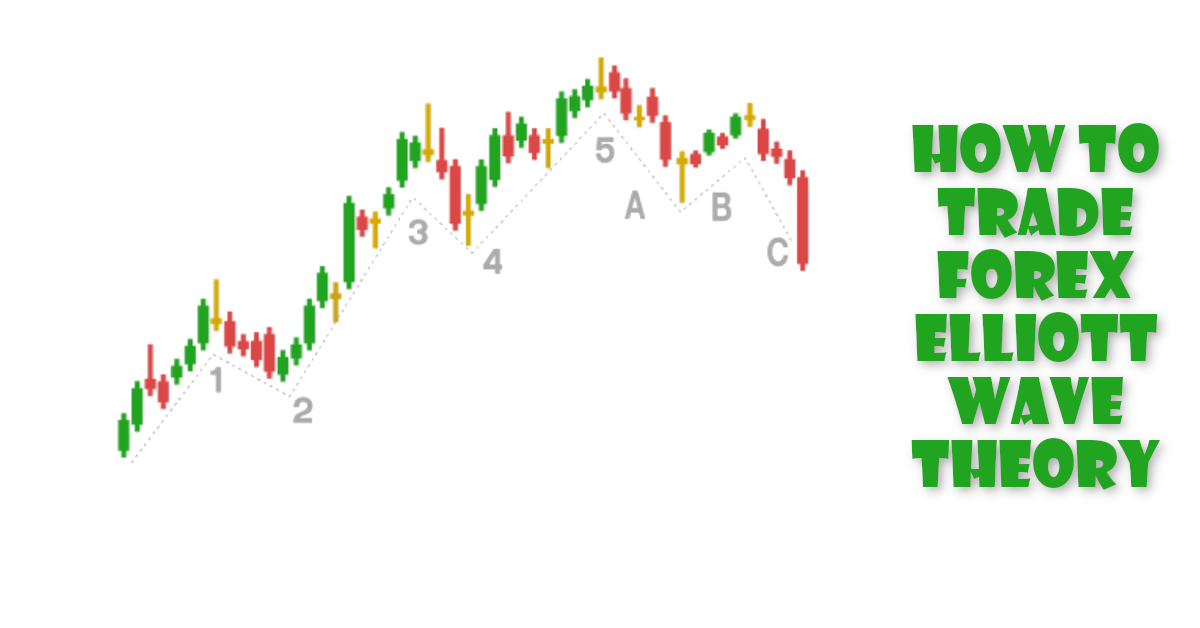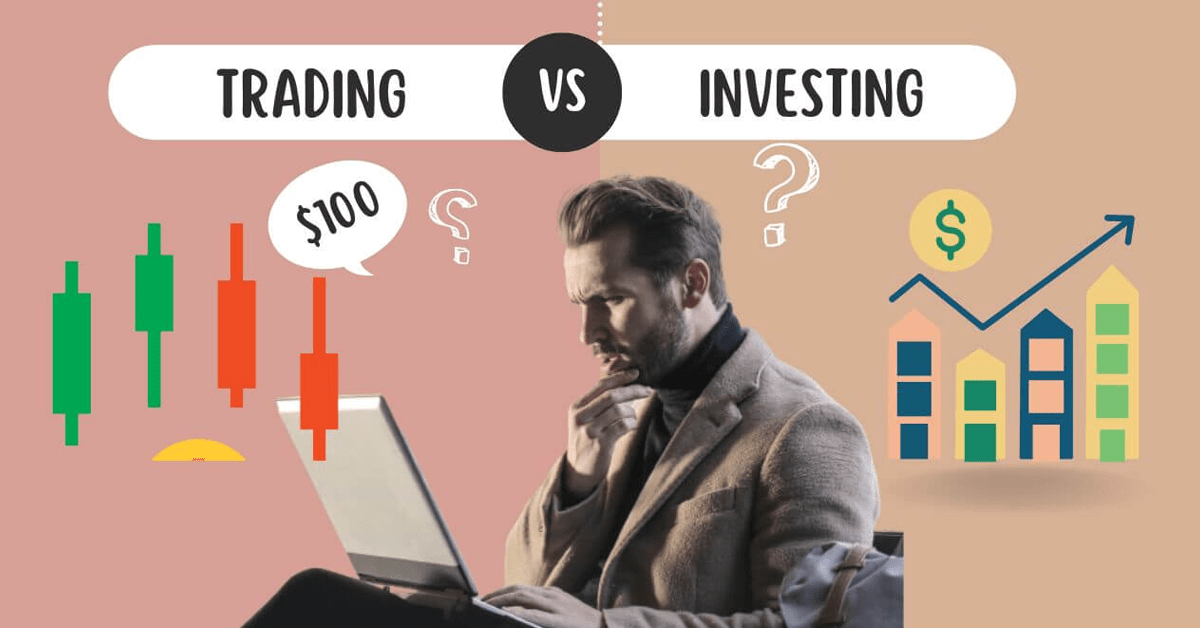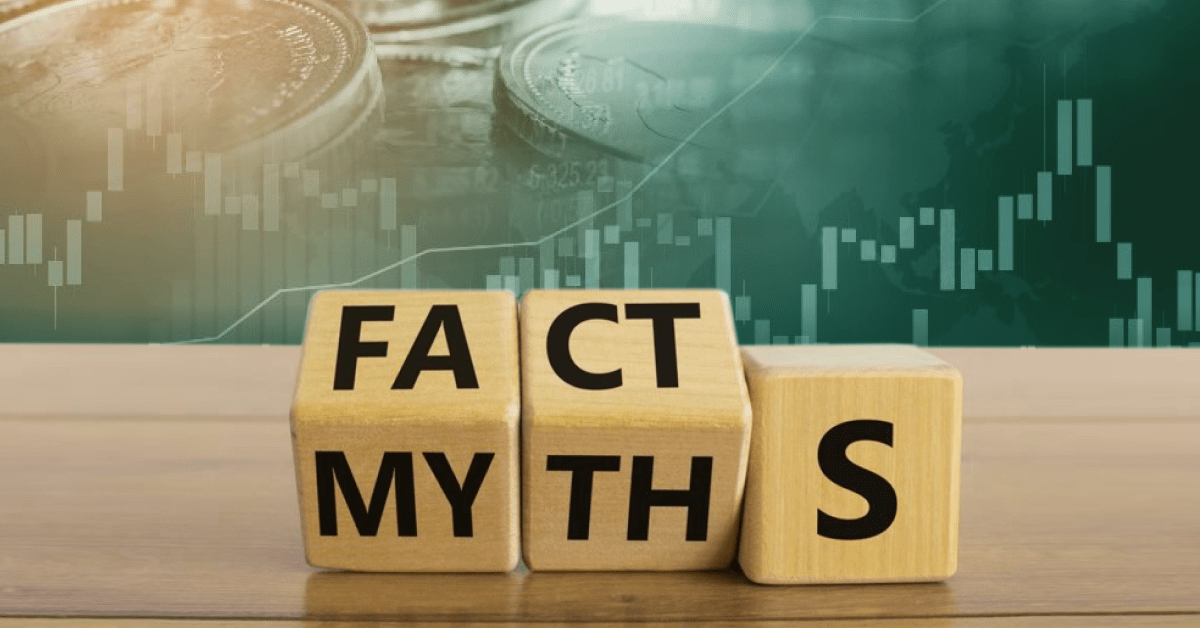An economic bubble refers to a situation in which the prices of certain assets, such as stocks, real estate, or commodities, rise to unsustainable levels driven by speculation and investor optimism, rather than fundamental factors like supply and demand. During a bubble, the value of these assets becomes significantly inflated, often far exceeding their intrinsic worth.
The psychology of stock market bubbles is fascinating!
It explores why investors sometimes make irrational decisions that contribute to market volatility.
Let`s take a look at some of the strongest psychological causes of market bubbles, here we go:
Herding Behavior: Investors tend to follow the crowd, assuming others know something they don`t. This can create a cycle where people buy stocks just because others are buying, causing prices to rise. But when sentiment changes, there can be a sudden reversal.
Fear of Missing Out (FOMO): When investors see others profiting from a stock or trend, they fear missing out and rush to invest without proper analysis. This can lead to prices becoming detached from the actual value of the assets.
Overconfidence: During bubbles, investors can become overly confident in their ability to predict the market. They take excessive risks, ignore warning signs, and invest in speculative assets. This happens because they believe they have more control over outcomes than they actually do.
Anchoring Bias: Investors often rely on recent information, especially prices, when making decisions. During bubbles, they anchor their decisions to recent market prices instead of objective analysis. This can cause prices to become disconnected from fundamental values.
Confirmation Bias: Investors tend to seek information that supports their existing beliefs and ignore contradictory evidence. During bubbles, they interpret news and data selectively, reinforcing their optimistic outlook and belief in high prices.
Irrational Exuberance: This refers to periods of unwarranted optimism among investors. During bubbles, investors become detached from fundamental values and believe prices will keep rising indefinitely. This fuels speculative buying and contributes to bubble formation.
Remember, these psychological factors are just some of the many influences on stock market bubbles. Other factors like market structure, economic conditions, and regulatory policies also play a role. But understanding the psychology helps us make sense of irrational behavior and its impact on the markets.
Now that you’ve learned the psychological factors contributing market bubbles, let’s go ahead and explore
5 Stages of Economic Bubbles:
Displacement: This happens when investors believe a new economic paradigm is emerging, such as new technologies or changes in interest rates and liquidity. It creates a sense of excitement and opportunity in the market.
Boom: Following the displacement, the boom phase begins. Many new investors enter the market, driven by media coverage, attention, and promises of potential profits. This leads to a fear of missing out (FOMO) and speculative buying.
Euphoria: During the euphoria phase, prices soar to unrealistically high levels. Valuations become disconnected from the actual value of companies and assets. Investors believe the prices will keep rising indefinitely, following a "greater-fool" theory, where they expect to find someone willing to pay an even higher price later.
Profit-Taking: Institutional investors, who often detect warning signs earlier, start to secure their profits. They sell their assets and take the gains. However, the irrational behavior in the market can lead some investors to sell too early or hold onto overvalued assets for too long.
Panic: The last stage is triggered by an event, such as a company crash or external factors, causing the bubble to burst. Asset prices plummet as fear sets in. Investors rush to sell their assets due to margin calls and the fear of losing money. The market becomes flooded with supply, resulting in steep declines in prices.
These stages illustrate the lifecycle of a stock market bubble, from the initial excitement and influx of new investors to the eventual panic-driven sell-off.
It`s important to understand these stages to recognize the signs of a potential bubble and make informed investment decisions.
Let’s check out
5 Stages of an Economic Bubble on Bitcoin example
The chart shows the price of Bitcoin from 2013 to 2018. The five stages of the bubble are clearly visible:
- Displacement (2013): Prices are relatively low during this period, and there is a small but growing interest in Bitcoin.
- Boom (2014-2017): Prices start to rise rapidly during this period, and there is a lot of media attention and social media hype surrounding Bitcoin.
- Euphoria and Profit-Taking (2017): Prices reach unsustainable levels during this period, and there is a frenzy of buying.
- Panic (2018): Prices level off after the initial frenzy of buying, and there is some profit-taking by early investors.
The chart shows that the price of Bitcoin rose from around $100 in January 2013 to over $19,000 in December 2017. This represents a massive increase of over 19,000%. The price then crashed in 2018, and by December 2018 it had fallen back to around $3,500.
Remember: If you are considering investing in Bitcoin, it is important to understand the risks involved. The market is highly volatile, and there is a real possibility that you could lose money. If you do decide to invest, it is important to do your research and understand the fundamentals of the technology. You should also only invest money that you can afford to lose.
Good Luck!
